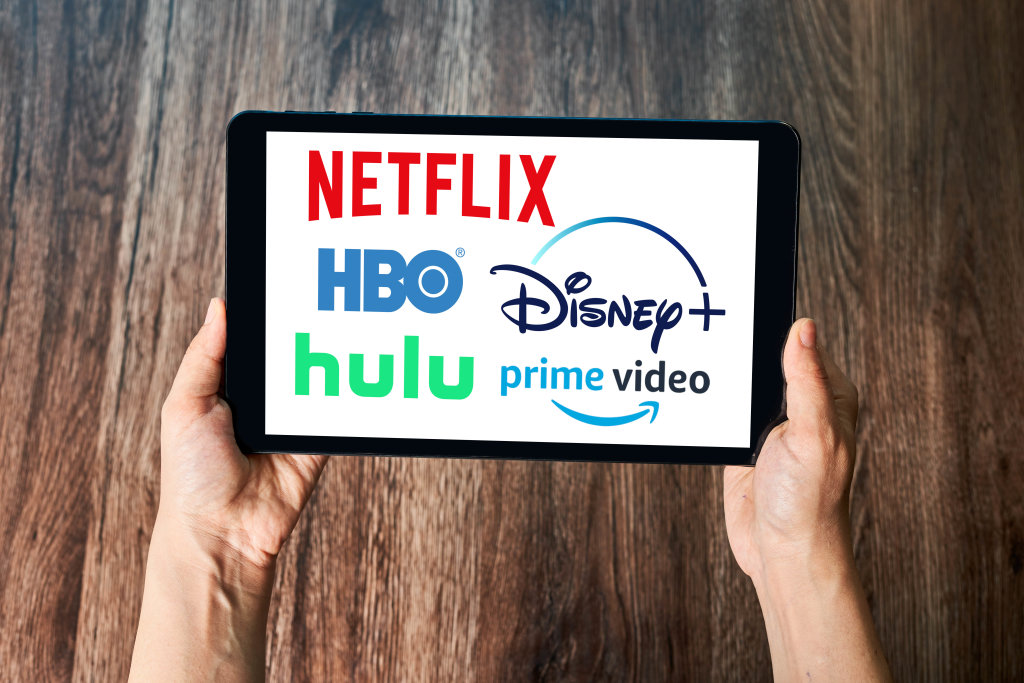The music industry has changed drastically in recent years, with the emergence of digital streaming technology revolutionizing the way people access and consume music. From physical music formats such as CD and vinyl, to the birth of audio streaming and subscription services, it is clear the music industry is evolving and adaptable to technological advances. But how has this digital disruption and streaming revolution come to be? Read on for a brief history of the rise of music streaming.
1. Origins of Music Streaming
The dawn of the internet revolutionized the way people consume and enjoy music. With the emergence of digital music, music streaming became one of the most popular ways of listening to music.
Music streaming first rose in popularity with the launch of Napster in 1999. Napster allowed users to share music files between their devices. Napster was shut down only a few years later due to copyright complaints, but it paved the way for future music streaming services, like Spotify.
- Napster launched in 1999
- Allowed users to stream music files
- Forced to close due to copyright complaints
- Spotify emerged in 2008
- Popularity of music streaming skyrocketed
By 2008, Spotify and other streaming services had emerged, allowing users to access millions of songs. This revolutionized the way people consume music, and the popularity of music streaming skyrocketed. To date, music streaming continues to be one of the most popular ways of accessing music.

2. Evolution of the Music Streaming Landscape
Digital Downloads
The evolution of music streaming can be traced back to the advent of digital music downloads in the early 2000s. Music downloads exploded in popularity as consumers sought greater convenience and convenience of listening to their favorite songs in one place. However, downloading songs could be time consuming and inconvenient, as it often took hours to transfer music from an online shop to your computer or music player. As a result, piracy levels rose significantly during this period.
Streaming Services
In responded to the challenges of digital downloads, streaming services began to emerge. These services allow users to listen to music over the Internet without having to download a files onto their device. Through programs like Spotify, users can access a huge library of music with a single click. Additionally, streaming services are relatively inexpensive, meaning music streaming is now accessible for everyone. Furthermore, streaming services rely on algorithms to customize content to the listener’s preferences, providing a personalized, tailored listening experience.
- Digital downloads: Convenient way to access music, but very time consuming and prone to piracy
- Music streaming services: Access huge library of music with a single click, personalized and tailored listening experience, inexpensive.

3. Major Streaming Platforms and Key Innovations
Streaming services have flourished in the last decade, and many platforms are now more popular than ever. The three major streaming platforms each offer unique benefits to users, and have relentlessly innovated in recent years.
- Netflix
Netflix is the leader in streaming platforms, largely due to their flexibility and vast library of movies, TV series, and original shows. Innovation is a cornerstone of Netflix, with features such as offline viewing and autoplay videos that let users watch their favorite shows without interruptions. Additionally, Netflix has a reputation for catering to viewers’ personal preferences with personalized recommendation algorithms, so viewers can always find something new to watch.
- Amazon Prime Video
Prime Video, a major competitor for Netflix, offers access to all Amazon originals and many other movies and TV shows. It also provides great benefits to its customers, including 4K streaming, HDR content & Dolby Atmos audio surround sound. Prime Video has pushed the boundaries of traditional streaming content with programs like “Lore,” a horror anthology series. By teaming up with powerhouse players in the industry like Warner Bros. and the BBC, Prime Video has made a name for itself in the streaming world.

4. Impact of Music Streaming on the Music Industry
Music Streaming’s revolutionizing effects
Music streaming has had a significant impact on the music industry. Since the emergence of digital music services such as Spotify, Pandora, Apple Music, etc., it has disrupted the traditional model of the music industry and opened up innovative new avenues for music consumption and monetization.
Music streaming has revolutionized the way the music industry makes money. It has opened up new revenue sources for artists, record labels, and other music businesses. Music streaming lets listening audiences pay individual fees to access the songs of their choosing. Artists receive royalty payments for their work and listeners benefit from access to unlimited, and often curated and specialized musical content for a comparatively low flat monthly rate.
The music streaming model has enabled music fans to access music in different ways. For example, many streaming and music services provide subscribers and non-members with pre-made playlists on various topics, activities, and occasions. This allows listeners to enjoy music without the burden of having to build custom playlists. Plus, with on-demand streaming, music fans can access vast libraries of music, discover new genres, customize lists, and sync up to their favorite music devices.
Ultimately, music streaming has brought unprecedented opportunities to those in the music industry and revolutionized the way people access and engage with music. The rise of music streaming began as an innovative idea to improve the user experience, even as it posed a to the traditional music industry. Today, it stands as one of the most important music technologies of our time, with giants such as Spotify, Apple Music, and Google Play leading the charge. While streaming music is still in its early days, it has steadily and surely become a disruptive force in the industry and a force for improved listening experiences worldwide.

